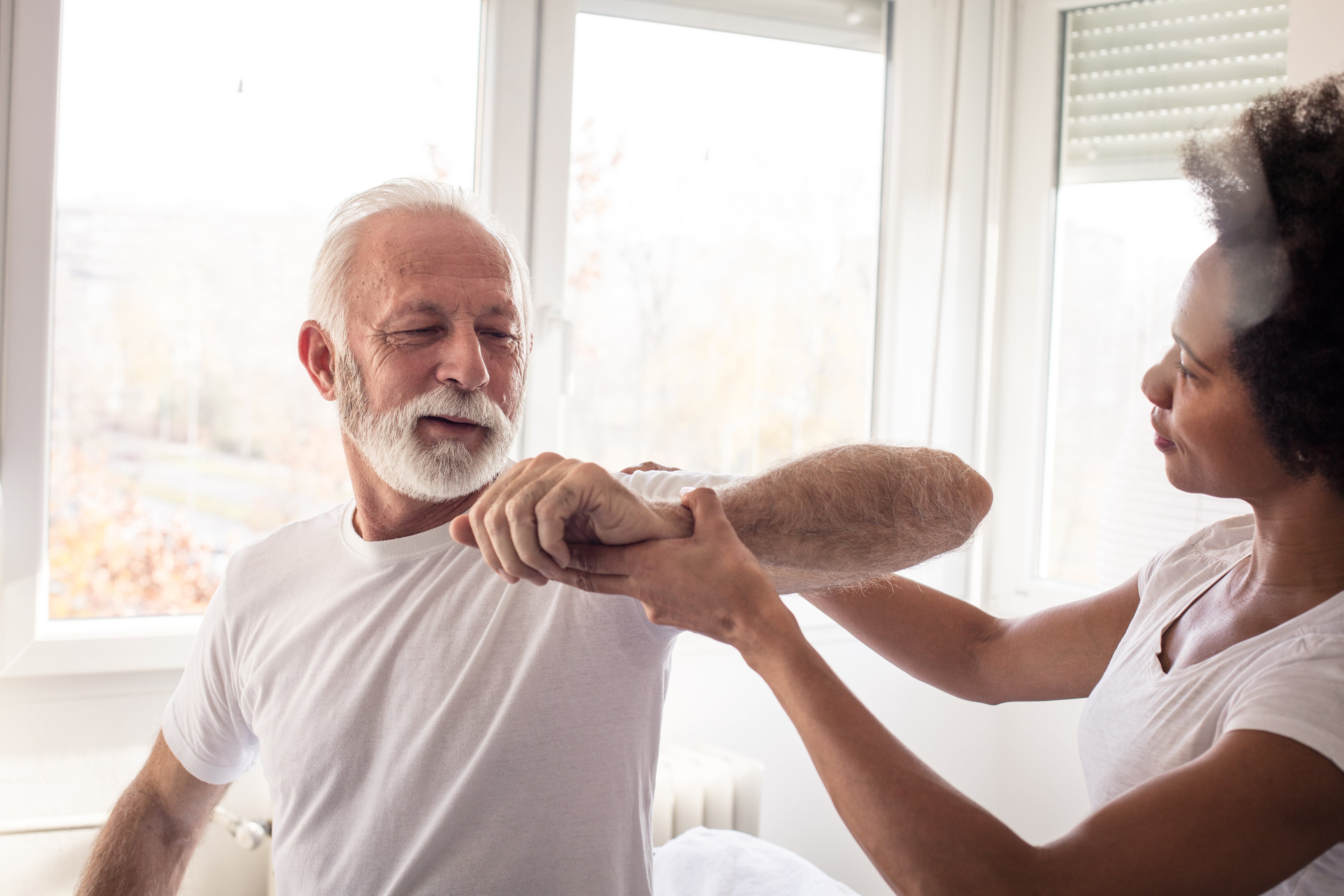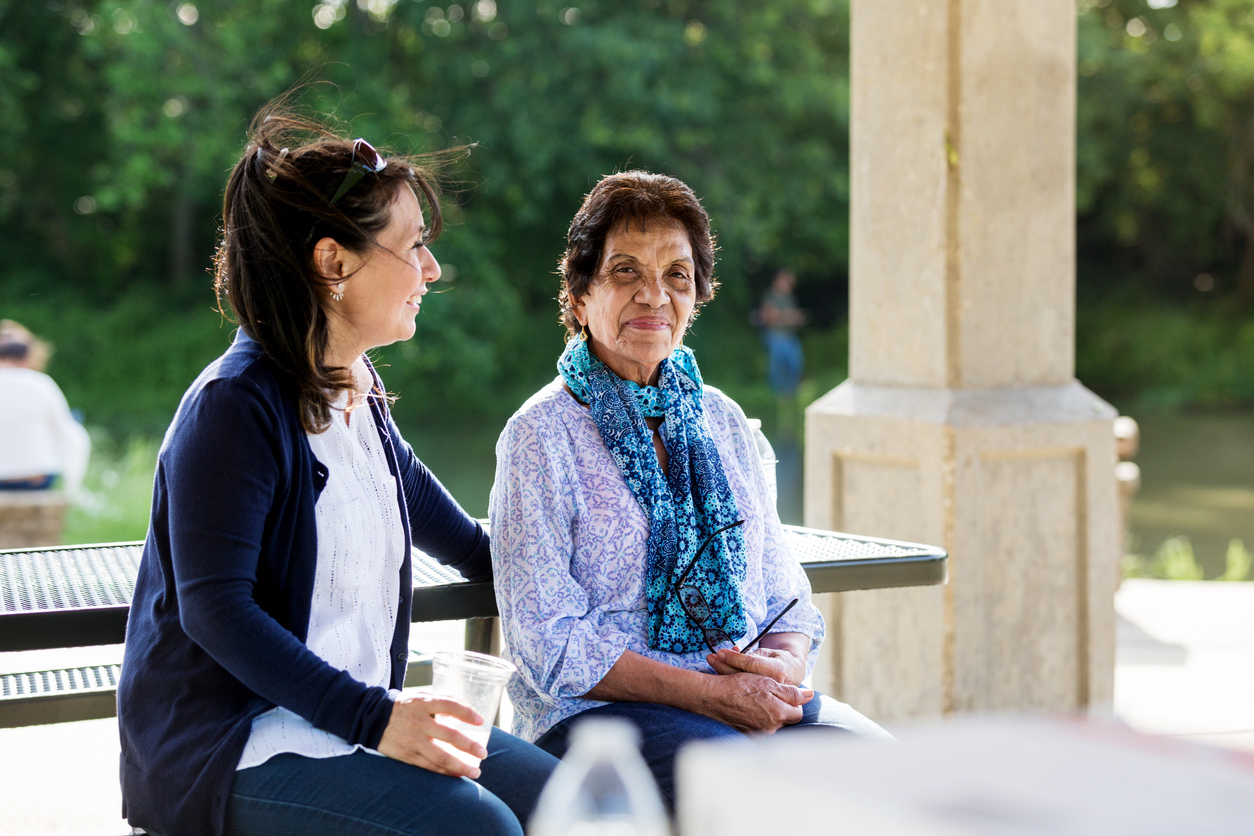The brain, despite weighing a mere three pounds, serves as the body’s mastermind, orchestrating complex functions from speech to movement. But as hardworking as it is, the brain is vulnerable to internal injuries known as strokes or “brain attacks,” placing both it and its owner at risk. Strokes, the third leading cause of death in the US, can occur at any age but are more prevalent among older individuals.
Identifying Strokes: Types and Symptoms
There are two primary types of strokes: ischemic strokes caused by blood clots blocking brain arteries, and hemorrhagic strokes resulting from artery ruptures. Recognizing stroke symptoms is crucial. These include:
- Sudden numbness or weakness
- Difficulty walking
- Confusion
- Slurring speech
- Difficulty seeing, reading and processing
- Severe headaches
- Facial pain and stiffness
Transient Ischemic Attacks (TIAs), often referred to as “ministrokes,” share similar symptoms but resolve within minutes. Although they don’t harm the brain and go away by themselves, TIAs should not be ignored. They are signs that a broken blood vessel or blood clot is preventing an adequate blood flow to the brain for short periods of time, and may increase the risk of a future stroke.
Risk Factors and Diagnosing Stroke
Common stroke risks involve:
- Family history
- Age
- High blood pressure
- Smoking
- Diabetes
- Lack of physical activity
- Poor diet
- High levels of homocysteine, an amino acid, in the blood.
- Heavy drinking
Early diagnosis is essential for prompt treatment and rehabilitation. It is important to identify the kind of stroke that occurred and the parts of the brain that may have been injured so that treatment and rehabilitation can begin as quickly as possible. In addition to a thorough physical exam and lab tests, your loved one may also undergo additional diagnostic procedures including:
- CAT scan (computed tomography scan), x-rays and other imaging tests to identify possible causes of the stroke, its location and the extent of brain injury.
- Electroencephalograms to monitor brain activity.
- Evoked response tests that track how the brain processes hearing, speech and other sensory information.
- Ultrasounds that track blood flow through arteries in the neck.
- Magnetic Resonance Imaging (MRI) to identify damaged areas of the brain
- Echocardiography to locate blood clots
Effects of Stroke and Recovery
Strokes can result in various physical, mental and emotional challenges, such as:
- Difficulty speaking or finding the right words
- Depression and difficulty controlling emotions
- Trouble swallowing
- Forgetfulness
- Pain and numbness
- Inability to walk or difficulty walking, balance problems
- Weakness or paralysis on one side of the body
- Memory loss, difficulty understanding ideas and concepts
- Difficulty eating, getting dressed and taking part in other activities of daily living
However, many individuals successfully recover with timely treatment and rehabilitation.
Preventing Future Strokes
Families can support stroke prevention through lifestyle changes and regular medical checkups. Managing conditions like high blood pressure and diabetes, quitting smoking and reducing alcohol intake are crucial. Monitoring blood pressure at home, adhering to medications, maintaining regular exercise and adopting a balanced diet further contribute to prevention.
Living with Stroke: Taking it One Day at a Time
Recovery from a stroke varies, and some individuals may face persistent challenges. Coping strategies include joining support groups where stroke survivors can connect, share experiences, and gain valuable insights. Local hospitals and organizations like the American Stroke Association can provide information on support groups and other stroke-related resources.



